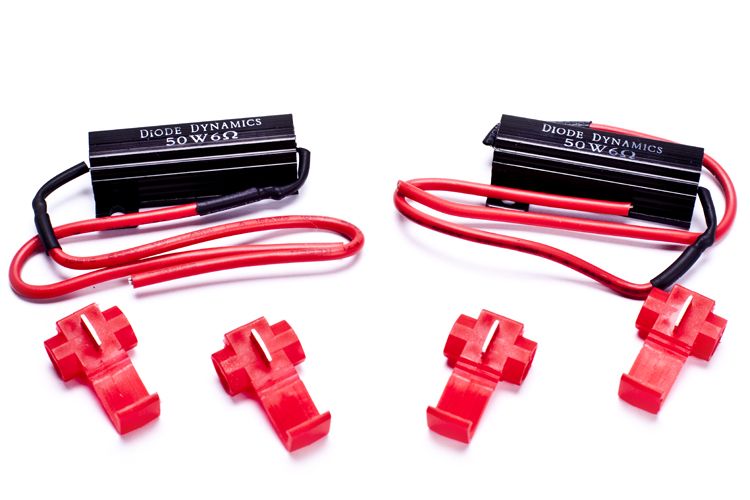LED Resistor Kit (pair)
LED Resistor Kit (pair) is backordered and will ship as soon as it is back in stock.
Compatibility
Compatibility
Description
Description
The Diode Dynamics LED Resistor Kit (pair) offers a performance-driven upgrade for your vehicle's lighting. Prevents hyperblinking caused by installing LED bulbs. Includes everything needed for installation. Designed with attention to detail, it provides: Prevents hyperblinking caused by installing LED bulbs; Includes everything needed for installation; 3-year warranty. Built for reliability and a modern look, it's a simple way to improve both style and safety.

LED Resistor Kit (pair) is backordered and will ship as soon as it is back in stock.
Specifications
Specifications
-
Product Currently Selected
-
Features and Benefits
-
Whats Included
-
Tech Specs




